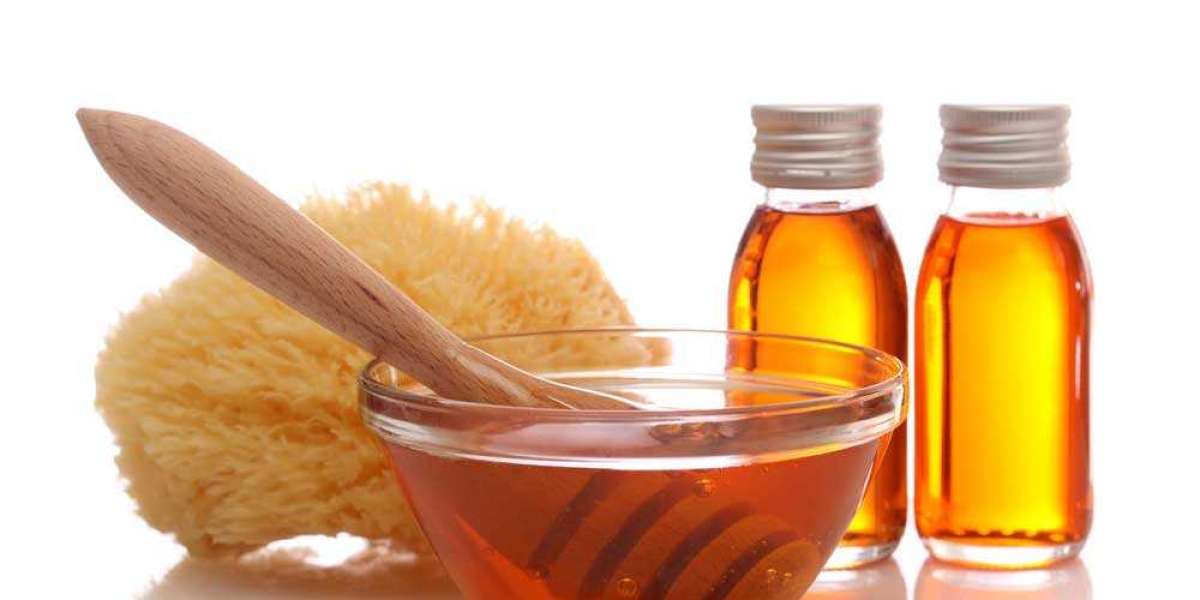In the world of cannabis concentrates, Honey Oil stands out as a golden, potent, and versatile product cherished by recreational users and medical patients alike. Known for its rich amber color and high cannabinoid content, Honey Oil is often packaged in vials for ease of use, portability, and accurate dosing. Whether you’re new to cannabis extracts or a seasoned consumer, understanding Honey Oil vials — how they’re made, used, stored, and purchased — can help you make the most of this powerful substance.
This in-depth article explores everything you need to know about Honey Oil vials, from their origins and benefits to their practical applications, safety considerations, and how to select a high-quality product.
What Is Honey Oil?
Honey Oil is a slang term for a cannabis concentrate that resembles the color and consistency of honey. It is typically an oil rich in tetrahydrocannabinol (THC) and other cannabinoids such as CBD, CBN, and CBC. Known for its potency and versatility, Honey Oil is produced by extracting cannabinoids and terpenes from cannabis plant matter using solvents like butane or CO₂.
The result is a sticky, viscous oil that can be smoked, vaporized, ingested, or applied topically. Although often confused with other concentrates like hash oil or BHO (Butane Hash Oil), Honey Oil distinguishes itself by its smooth texture, translucent appearance, and sweet, aromatic terpene profile.
When packaged in vials, Honey Oil becomes easy to dispense in small amounts, which is especially useful given its strength. This method of packaging supports accurate dosing, minimizes waste, and keeps the product sealed and fresh.
How Is Honey Oil Made?
Honey Oil is created through a solvent-based extraction process, most commonly involving butane (BHO), propane, or supercritical CO₂. Here's an overview of how it’s made:
Selection of Cannabis Material: The quality of Honey Oil begins with the source plant. High-THC cannabis strains are often used to maximize potency and effects.
Solvent Extraction: The plant material is soaked or blasted with a solvent to dissolve cannabinoids and terpenes. Butane is popular for its ability to preserve delicate compounds, but it must be handled with care due to flammability.
Filtration and Purging: After the solvent extracts the desirable compounds, it’s evaporated using heat and vacuum systems to ensure that no harmful residues remain in the final product.
Refinement: The resulting oil may undergo winterization (removal of fats/lipids) or be left in its raw form, depending on the intended use and market.
Packaging into Vials: The finished oil is loaded into sterile, airtight vials or glass syringes for easy distribution and use.
When made properly, Honey Oil is free of solvents, rich in cannabinoids and terpenes, and maintains a bright golden hue, indicating high purity and quality.
Why Choose Honey Oil in Vials?
Honey Oil vials are popular for several compelling reasons. Unlike larger containers or unrefined formats, vials offer precision, portability, and long-lasting freshness. Here are the main benefits of choosing vials:
- Ease of Use: Vials often come with a dropper or syringe top, allowing users to dispense exact doses.
- Portability: Small and discreet, vials can be easily carried in a pocket, purse, or travel kit.
- Controlled Dosing: Especially important for medical users, precise application ensures a safe and effective experience.
- Extended Shelf Life: Airtight seals protect the oil from oxygen, moisture, and contaminants.
- Reduced Waste: Small openings minimize spills and evaporation.
Whether you're dabbing, mixing with flower, or creating edibles, Honey Oil Bulk Jars offer a neat and efficient way to incorporate cannabis extracts into your routine.
Common Uses of Honey Oil Vials
The versatility of Honey Oil makes it suitable for various consumption methods. Below are the most common applications:
Dabbing
Dabbing involves vaporizing a small amount of concentrate on a heated surface and inhaling the vapor. Honey Oil's smooth consistency makes it ideal for this method. The flavor is often robust, thanks to its preserved terpene profile.
Vaporizing
Honey Oil can be used in vape pens and cartridges, especially if it’s been properly refined. Some devices are designed to accept drops directly from a vial, giving users control over their dosage.
Edibles
You can mix Honey Oil into butter or oil-based recipes to create potent edibles. Due to its high THC content, careful dosing is essential to avoid overconsumption.
Sublingual Use
Some users place drops of Honey Oil under the tongue for fast absorption. This method offers a quicker onset compared to edibles and avoids the digestive process.
Topical Application
Though less common, Honey Oil can be mixed into balms and salves for localized pain relief and skin conditions. It’s effective when applied to inflamed joints or sore muscles.
Medical Benefits of Honey Oil
Though scientific research is still evolving, anecdotal evidence and early studies suggest that Honey Oil may provide significant medical benefits due to its high cannabinoid concentration. These include:
- Pain Relief: THC and CBD are known to reduce chronic and neuropathic pain.
- Anti-Inflammatory: Effective in reducing inflammation from conditions like arthritis or Crohn's disease.
- Anxiety and Depression Management: The calming effects of full-spectrum extracts may support mental health.
- Appetite Stimulation: Useful for patients undergoing chemotherapy or dealing with eating disorders.
- Nausea and Vomiting Control: Especially valuable for cancer and HIV patients.
Because Honey Oil is so potent, it is often used by patients who have built a tolerance to other cannabis forms or require strong, immediate relief.
Storage Tips for Honey Oil Vials
Proper storage is critical to maintain the integrity and potency of Honey Oil. Follow these guidelines to preserve your product:
- Store in a Cool, Dark Place: Exposure to light and heat can degrade cannabinoids and terpenes. A drawer or medicine cabinet works well.
- Keep Vials Sealed: Always secure the lid or cap after each use to prevent oxidation and contamination.
- Avoid Plastic Containers: Glass vials are preferred because plastic can leach chemicals or react with the oil over time.
- Refrigeration (Optional): For long-term storage, refrigeration can extend shelf life without affecting consistency.
With proper care, Honey Oil vials can remain potent and fresh for 6 to 12 months or more.
Legal Considerations
The legality of Honey Oil varies greatly depending on location. Here’s a breakdown:
- In the United States, Honey Oil made from marijuana (high THC) is legal in some states for recreational or medical use but remains federally illegal.
- In Canada, it’s legal under federal law, and consumers can purchase concentrates like Honey Oil from licensed producers.
- In Europe, laws vary by country, with some allowing CBD-rich Honey Oil and others banning THC products entirely.
- In Asia and the Middle East, cannabis products are largely illegal, including concentrates.
Always check your local and national laws before purchasing, carrying, or consuming Honey Oil vials.
How to Identify High-Quality Honey Oil Vials
To ensure you’re getting a premium product, look for the following indicators:
- Color and Clarity: A rich amber or golden color typically indicates purity. Cloudy or dark oil may suggest impurities.
- Lab Testing: Reputable brands provide Certificates of Analysis (COAs) showing cannabinoid levels and confirming the absence of pesticides, heavy metals, and solvents.
- Aroma: A fresh, earthy, or sweet cannabis scent is a sign of preserved terpenes and quality production.
- Packaging: Glass vials with tamper-proof seals and accurate labels reflect professionalism and compliance.
- Brand Transparency: Established brands are open about sourcing, manufacturing processes, and testing protocols.
Avoid products with unclear labeling, suspiciously low prices, or no lab results.
Conclusion
Honey Oil vials offer a premium, convenient, and potent method of cannabis consumption, suitable for both medical patients and recreational users. With precise dosing, long shelf life, and multiple modes of application, vials make this golden extract more accessible and manageable than ever before.
As cannabis concentrates become more mainstream, Honey Oil continues to shine for its balance of potency, purity, and flexibility. Whether you’re treating chronic pain, looking for a more efficient high, or formulating your own infused products, Honey Oil vials represent a smart and effective solution.













